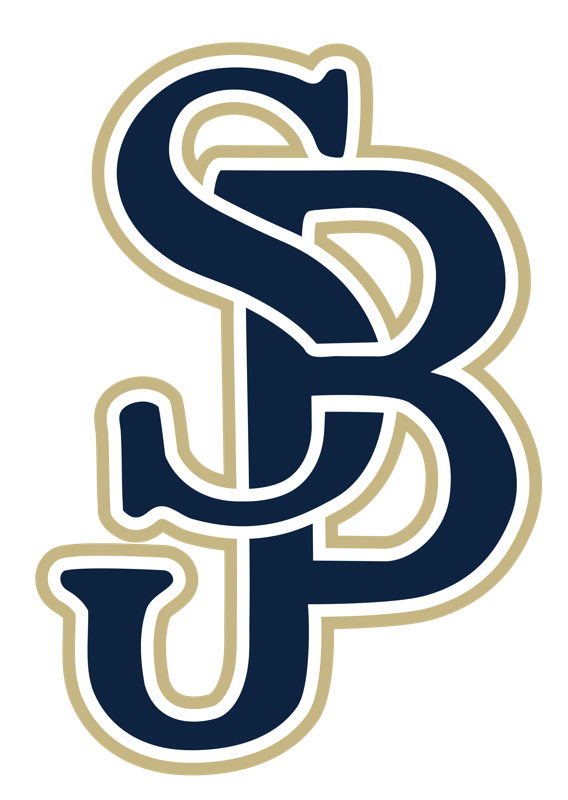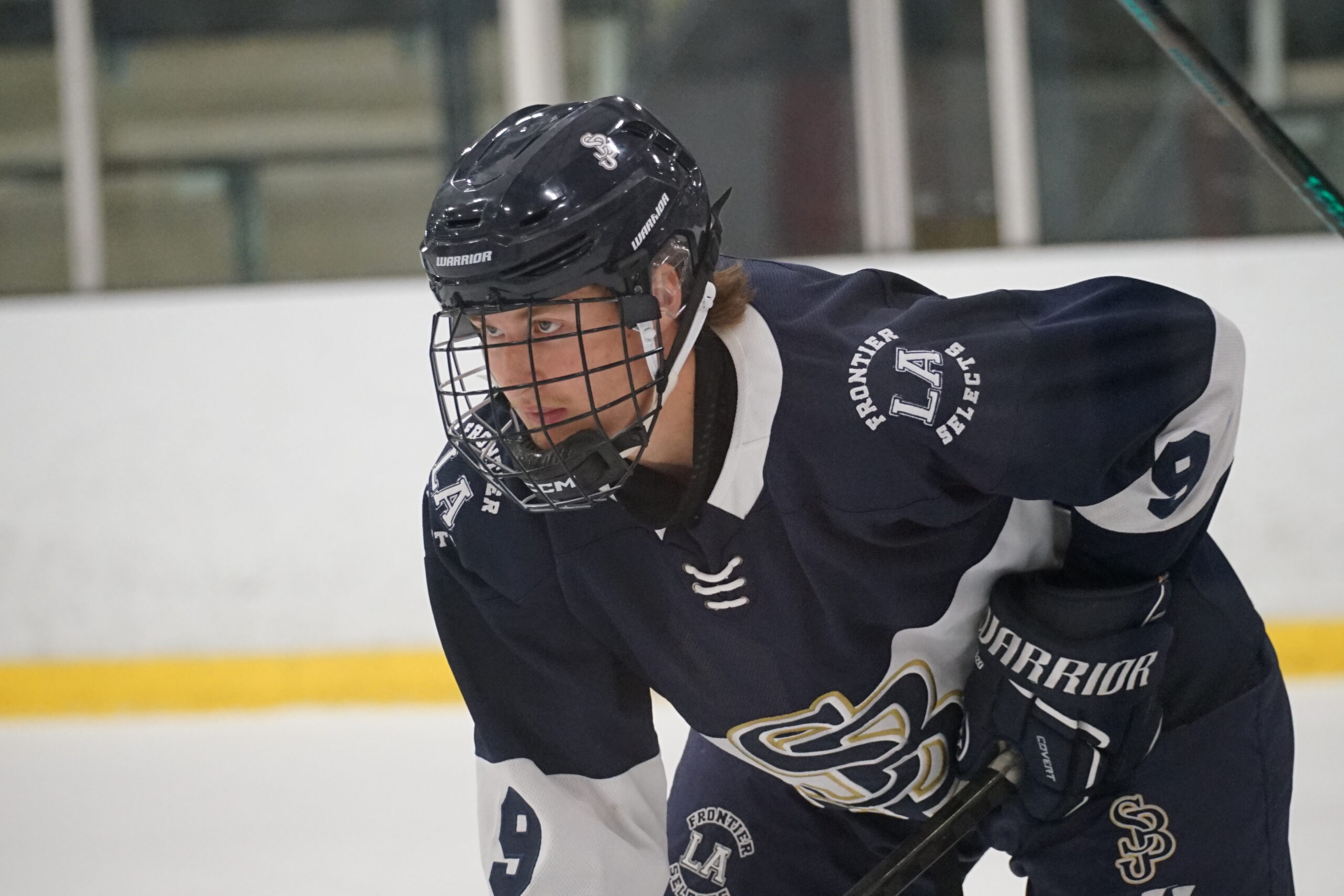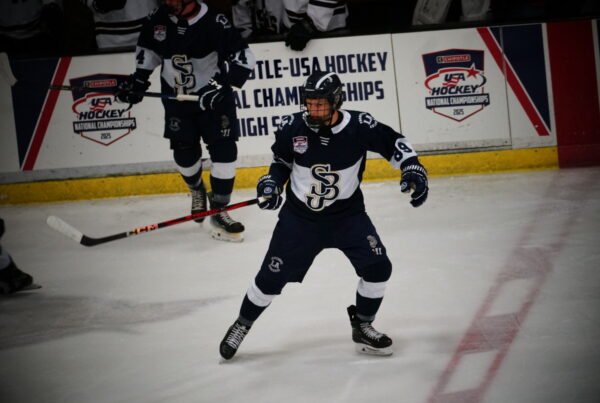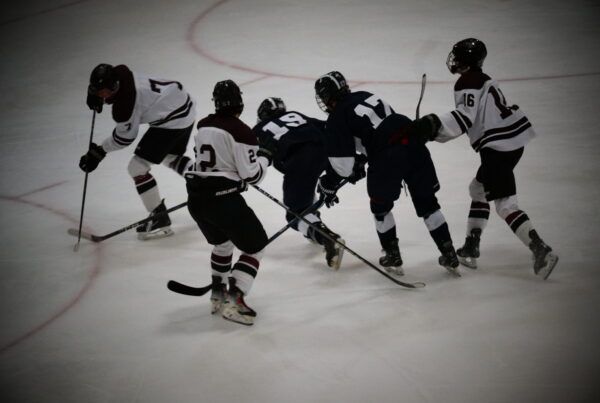Introduction
Junior hockey isn’t just about sharpening your slapshot — it’s a launchpad for serious athletes with dreams of college or pro careers. Whether you’re eyeing the NCAA, USports, or even going pro, junior leagues serve as one of the most crucial steps in a hockey player’s development.
What Is Junior Hockey?
Junior hockey typically refers to leagues for players aged 16–20. In North America, the main leagues include the CHL (comprising the WHL, OHL, and QMJHL), USHL, NAHL, and others. These leagues vary in structure and intensity but all serve the same purpose: to bridge the gap between youth hockey and higher levels of play.
Skills & Maturity Development
Junior hockey places players in a competitive environment that mimics college and professional systems. Athletes learn to handle the physical demands of a full season, manage time between training and off-ice responsibilities, and develop discipline — all skills scouts value highly.
Exposure to Scouts
Many junior games are heavily scouted, especially at major tournaments. Scouts aren’t just watching for goals and assists — they’re paying attention to a player’s work ethic, attitude, coachability, and even how they interact with teammates and officials.
The Importance of Academics
For players interested in college hockey, academic performance matters. Balancing school and hockey in juniors prepares athletes for the NCAA’s demands and emphasizes the importance of being a student-athlete.
Conclusion
Whether your goal is a scholarship, a spot in the NHL, or to continue playing at a high level, junior hockey is where many dreams take root. With the right attitude and commitment, it’s where you build the foundation for your next big opportunity.







